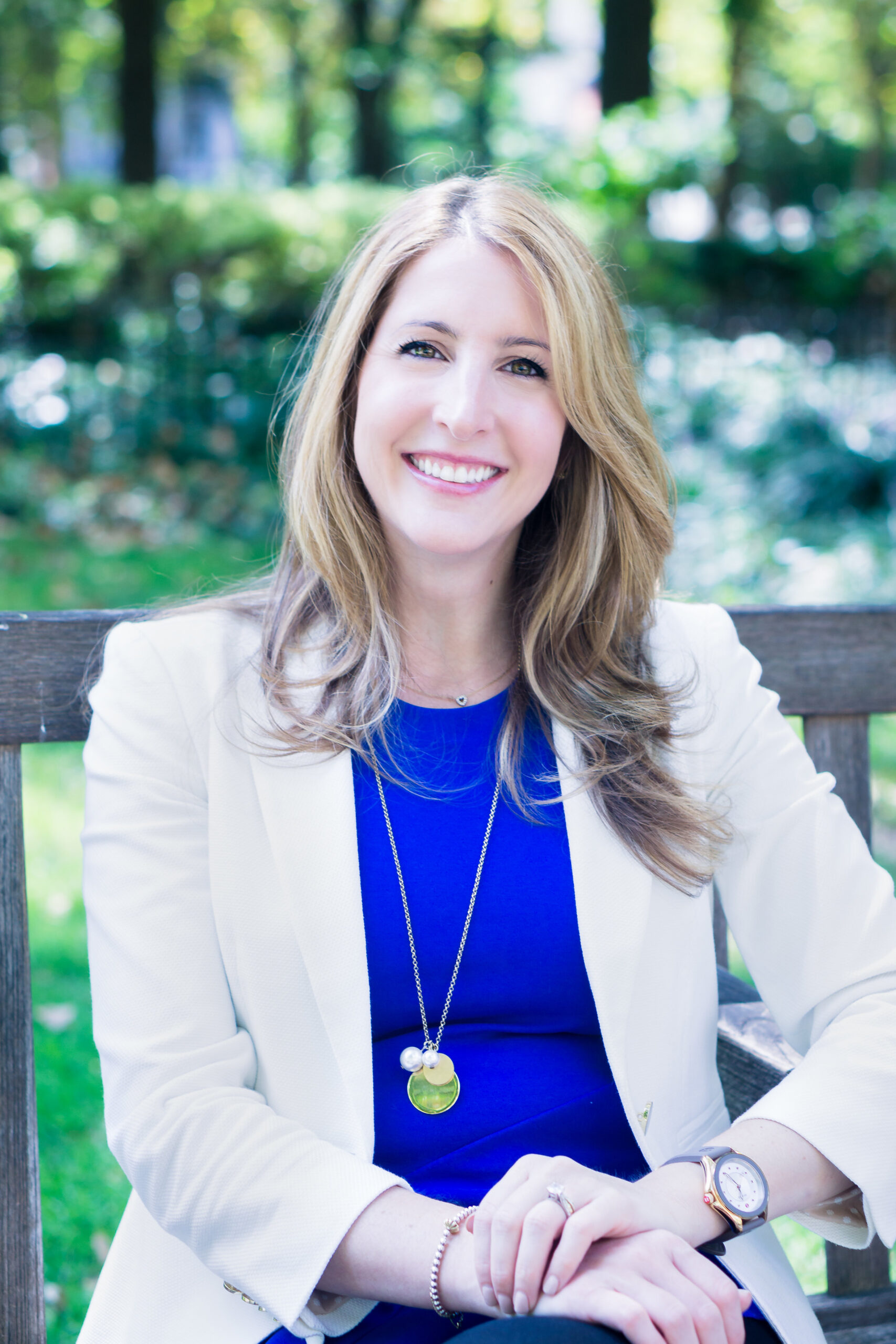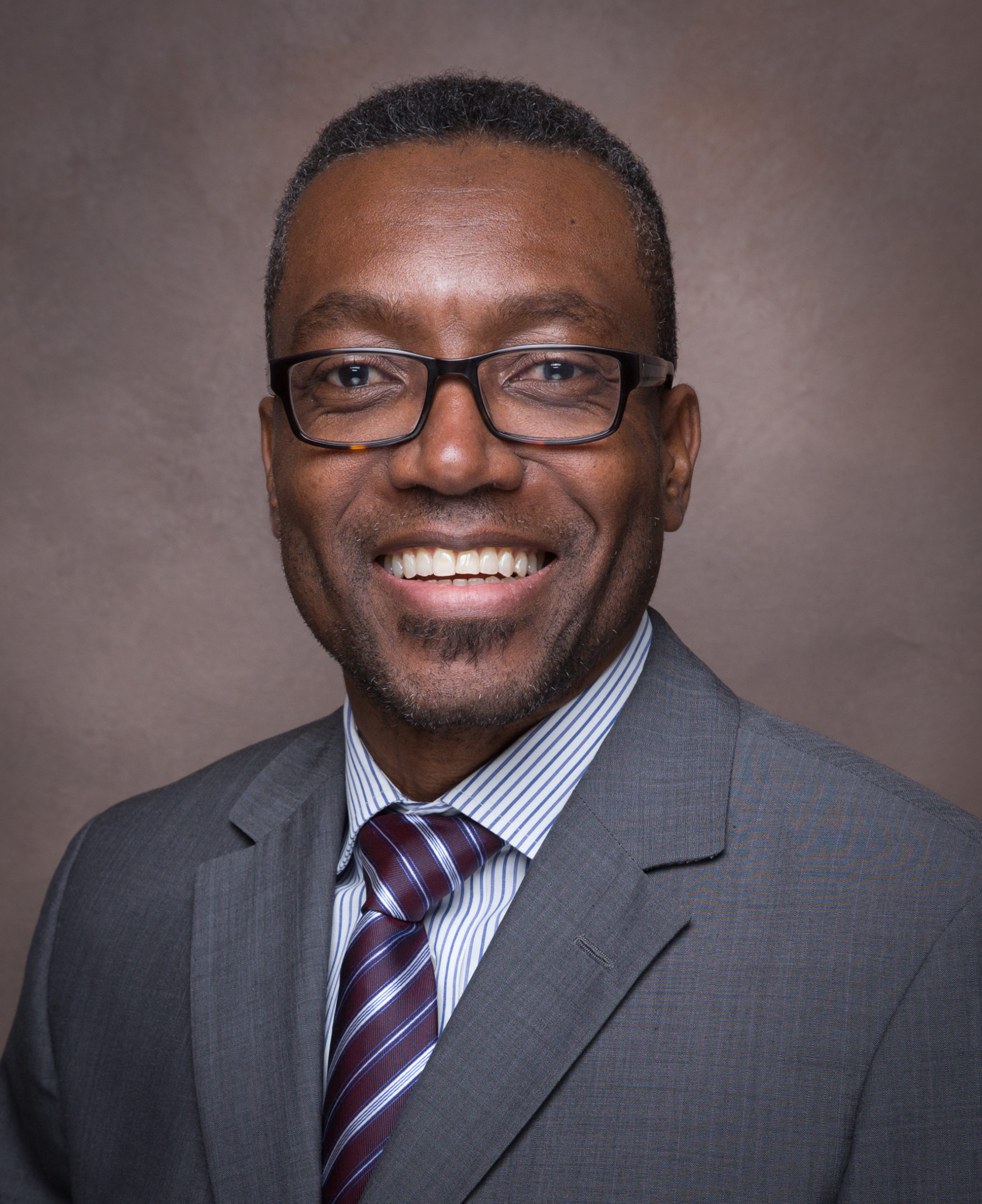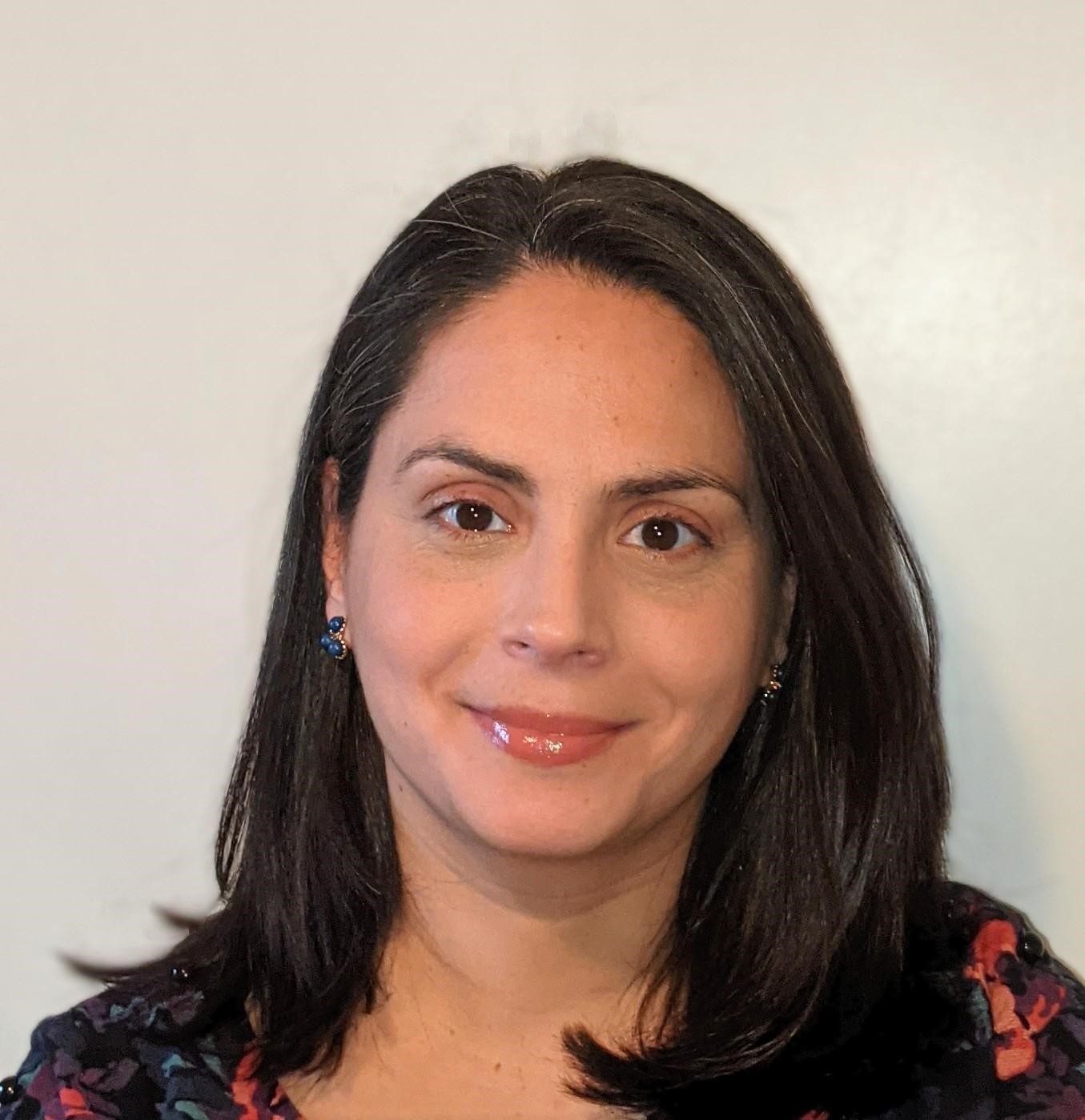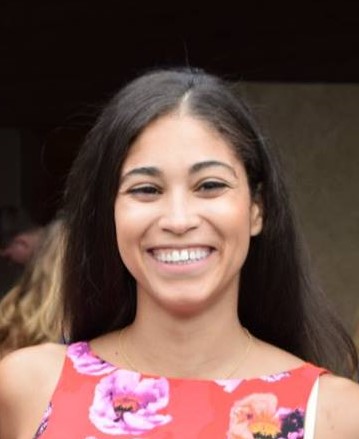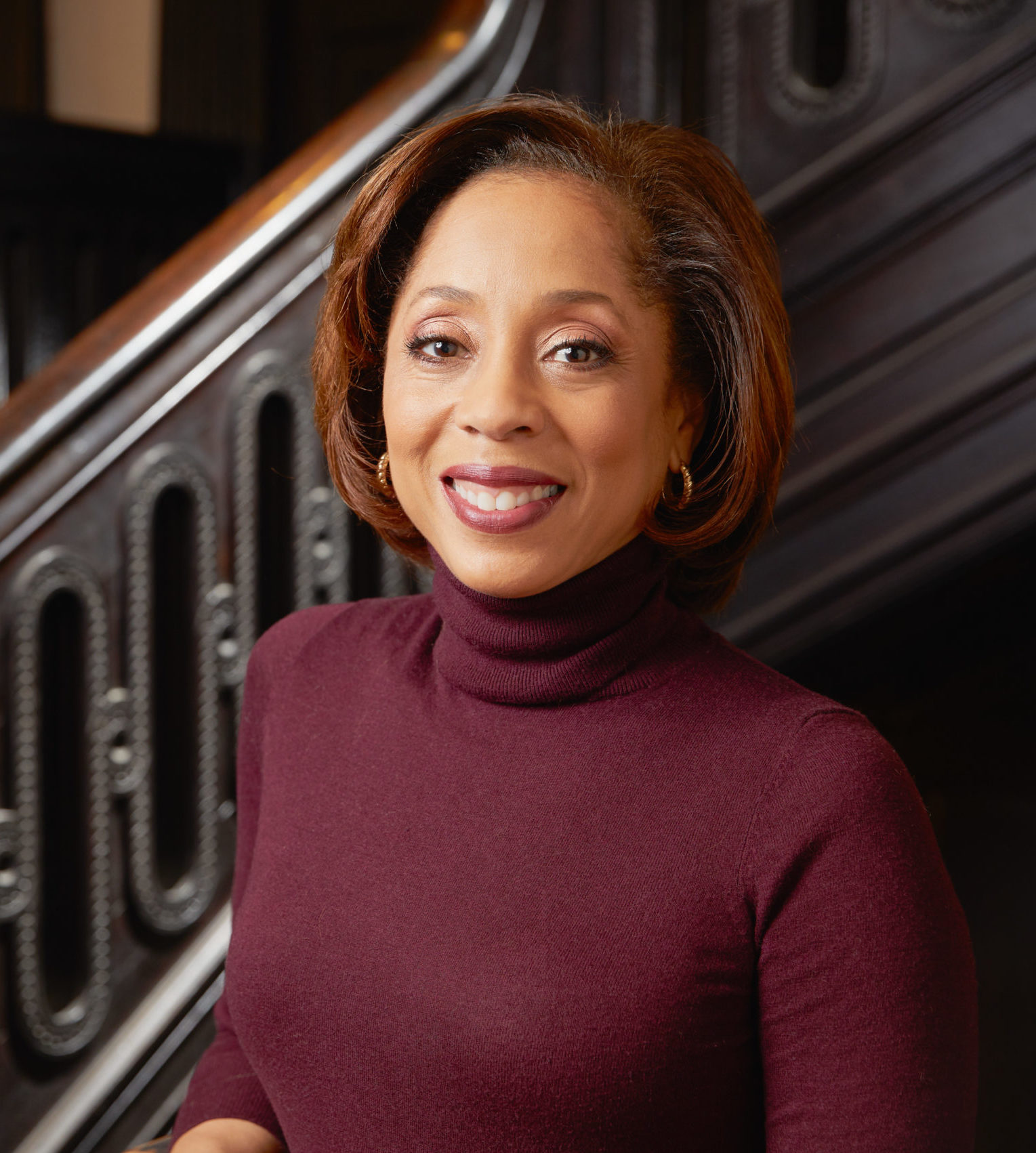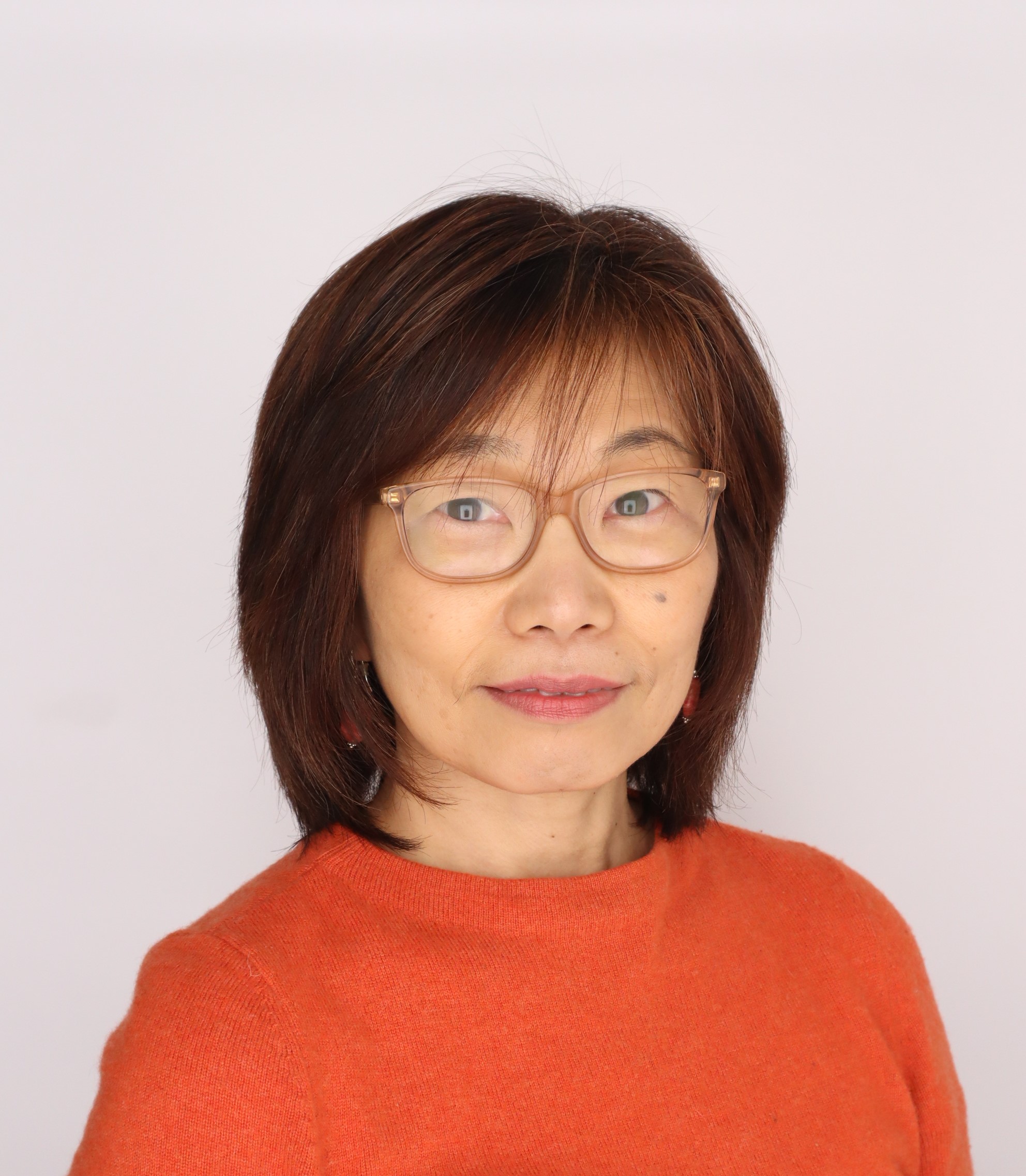Get Involved

 Become a Thought Partner
Become a Thought Partner
Partner with us to produce thought leadership that moves the needle on behavioral healthcare.
 Other options to get involved
Other options to get involved

Thank you!
We received your information and will be in contact soon!
Get Involved

 Grantmaking
Grantmaking
We fund organizations and projects which disrupt our current behavioral health space and create impact at the individual, organizational, and societal levels.
 Participatory Funds
Participatory Funds
Our participatory funds alter traditional grantmaking by shifting power
to impacted communities to direct resources and make funding decisions.
 Special Grant Programs
Special Grant Programs
We build public and private partnerships to administer grant dollars toward targeted programs.
 Program Related Investments
Program Related Investments
We provide funds at below-market interest rates that can be particularly useful to start, grow, or sustain a program, or when results cannot be achieved with grant dollars alone.
Get Involved

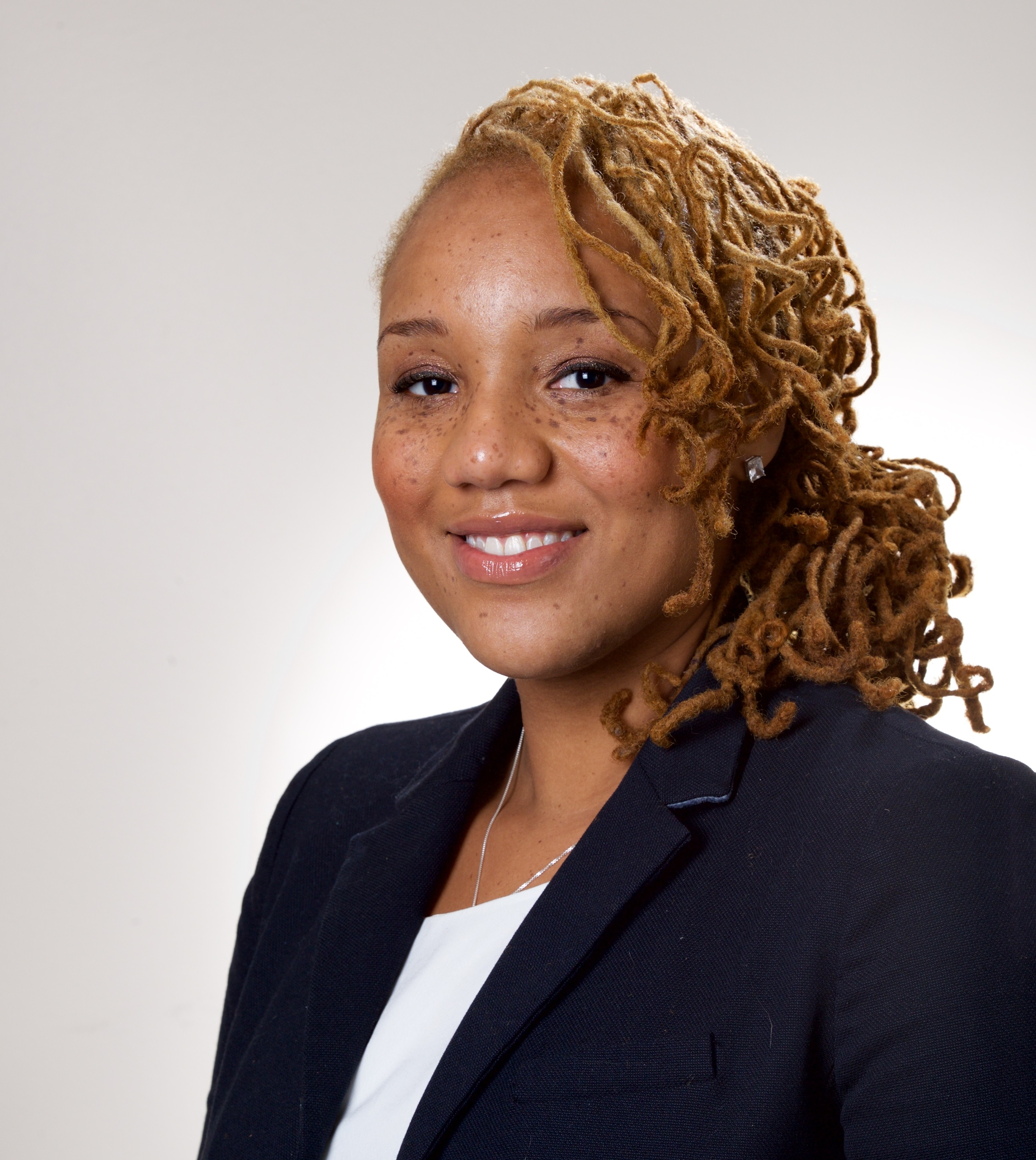 Tia Burroughs Clayton, MSS
Tia Burroughs Clayton, MSS
Learning and Community Impact Consultant
Add some text here
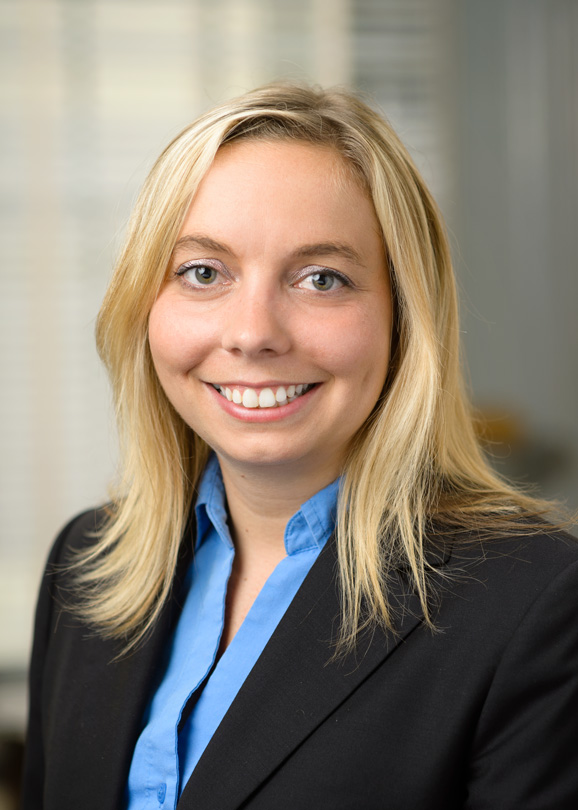 Alyson Ferguson, MPH
Alyson Ferguson, MPH
Chief Operating Officer
Contact Alyson about grantmaking, program related investments, and the paper series.
 Samantha Matlin, PhD
Samantha Matlin, PhD
Senior Learning & Community Impact Consultant
Contact Samantha about program planning and evaluation consulting services.
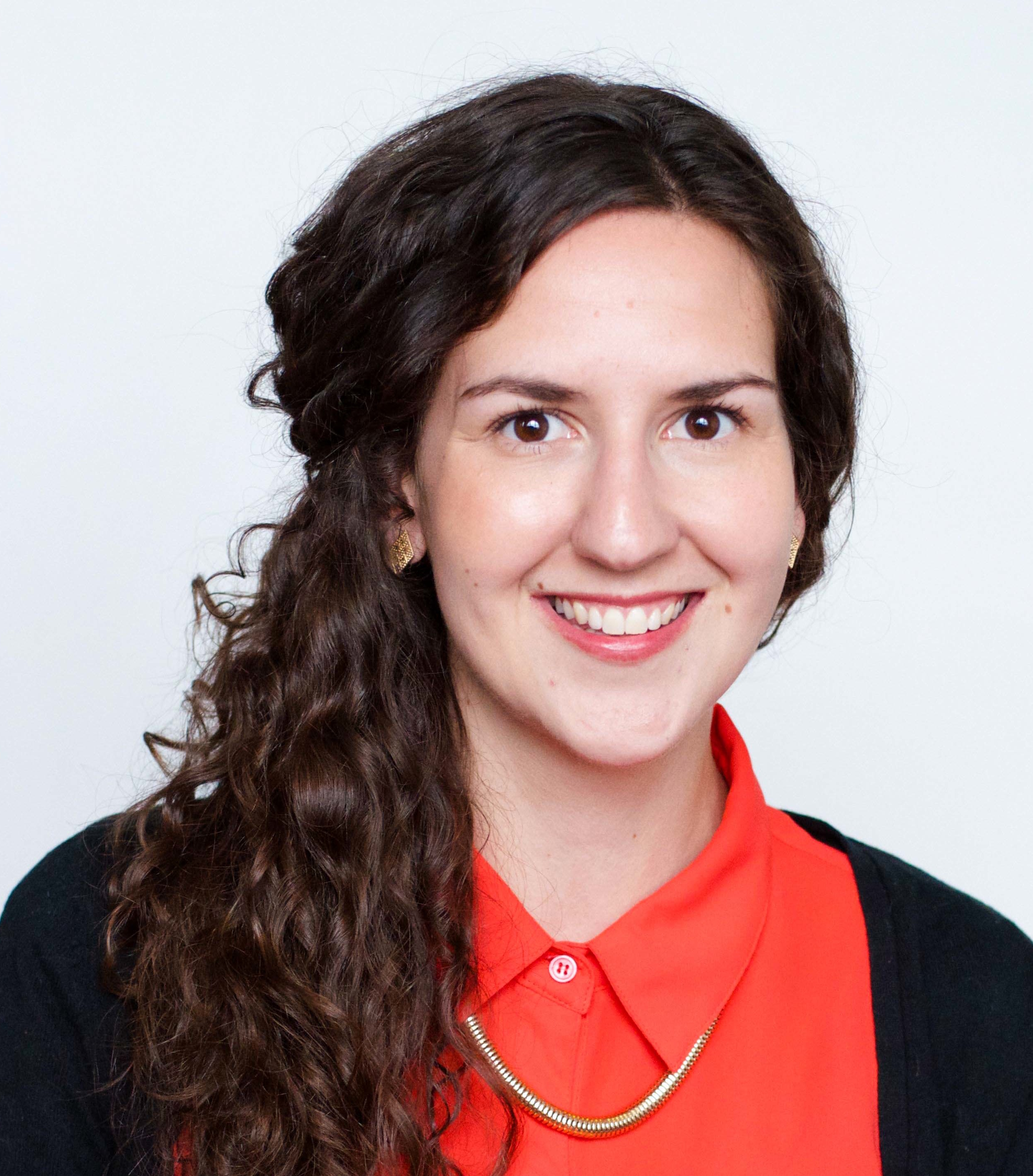 Caitlin O'Brien, MPH
Caitlin O'Brien, MPH
Director of Learning & Community Impact
Contact Caitlin about the Community Fund for Immigrant Wellness, the Annual Innovation Award, and trauma-informed programming.
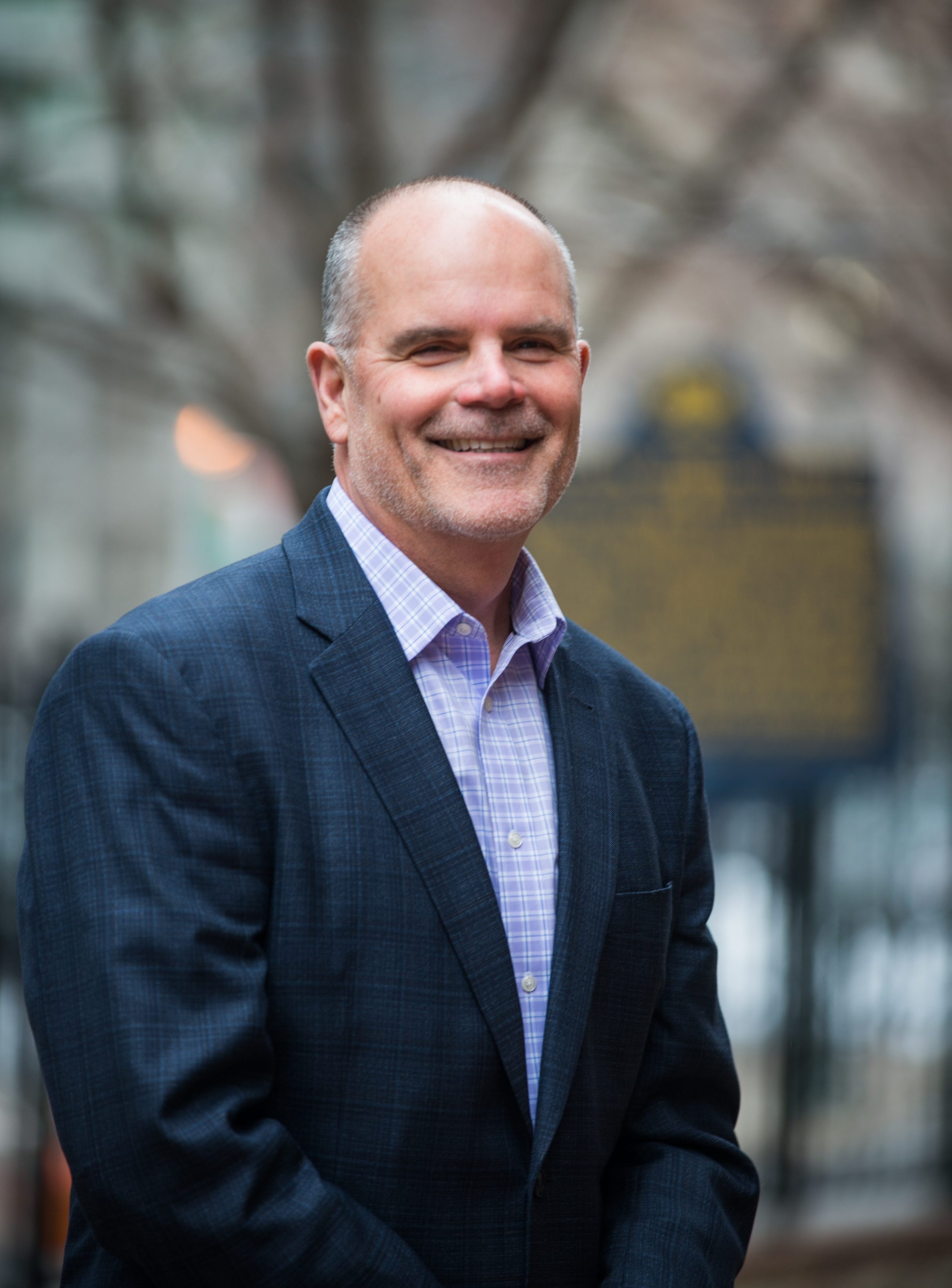 Joe Pyle, MA
Joe Pyle, MA
President
Contact Joe about partnership opportunities, thought leadership, and the Foundation’s property.
 Bridget Talone, MFA
Bridget Talone, MFA
Grants Manager for Learning and Community Impact
Add some text here
Gun violence is a ubiquitous problem in this country. The violence is senseless and tragic, and it can happen at any time, in any place, to anyone, although it disproportionately affects people of marginalized and vulnerable communities. But we know that it is preventable.
Everyone involved with the Community Expansion Grant (CEG) program is working hard to change the culture around violence to prevent it from ever becoming an option. I am grateful to be part of the Scattergood team and to work with individuals and organizations doing such important work providing these anti-violence interventions.
What I find particularly valuable about the CEG program is the wide range of people that the organizations serve within the target audience of Black men and boys ages 16-34. For example, the Lighthouse Sports Complex has programming for school-aged adolescents while New Leash on Life works with individuals who are incarcerated or diverted. Some groups also tend to overlap in whom they serve so there is an opportunity to collaborate on their work together with those populations. 100 Black Men Philly in partnership with the Father’s Day Rally Committee also works with people who are involved in the criminal justice system.
One of the goals of the CEG program is to connect organizations working in similar spaces and offer support on how to all work effectively with the target population. In both the small-group meetings and the full-group workshops, I’ve witnessed how eager the leaders are to establish connections with one another to build their organization’s network of support and contacts. They know the success of their organization can be complemented and augmented by the success of others in the anti-violence space because they’re all working towards creating safer communities.
As part of the City’s anti-violence initiative, this program invests in community resources to foster more community involvement and higher collective efficacy with less inclination and need to use violence. We’ve seen how the organizations tackle this approach in a variety of ways, all which contribute effectively to the goal. For example, they provide counseling, develop mentoring programs, offer resources and services, or implement workforce development strategies. Most importantly, they all work to create a safe space for their communities.
Recently, I’ve enjoyed listening to the people leading these organizations explain their theories of change and how their approaches empower their communities. I learned about ManUpPHL’s mentoring program for people likely to be affected by gun violence and how they help mentees find jobs, which shows me how this organization values meaningful relationships and workforce development in their anti-violence work. I talked with Norris Square Community Alliance about their youth development programs and how trauma-informed therapy is a key part of their interventions. I listened to members of the Father’s Day Rally Committee talk about their involvement in the criminal justice system and how they use their lived experience to create programs and provide resources to people in similar situations. I could go on and on about all 31 organizations because I am moved by how passionate they are about their community-development and anti-violence work.
As part of the consulting team, we aim to highlight and use the strengths of the organizations in expanding the scope and impact of their programming. The small-group meetings this month will be another great opportunity to share knowledge and stories around this work, and I am very much looking forward to it!






